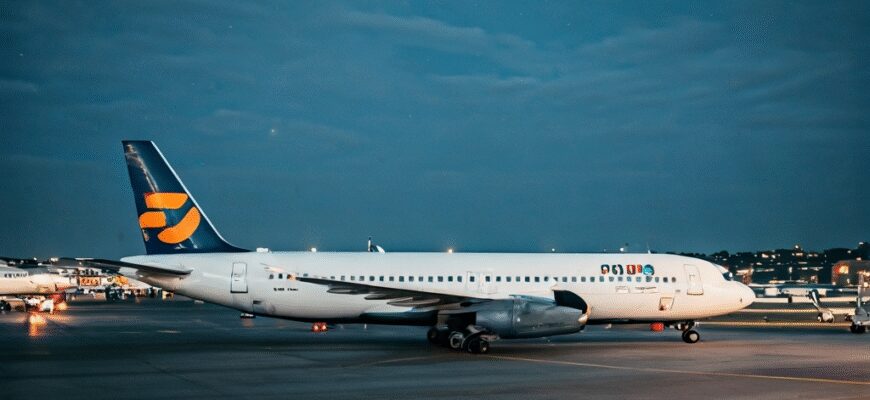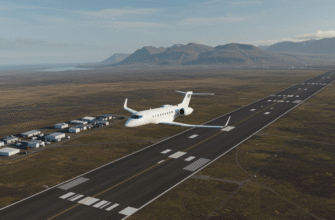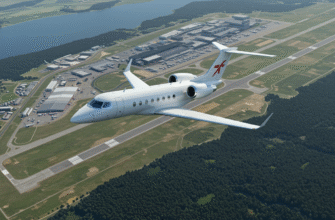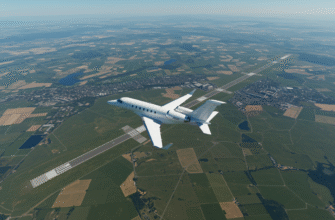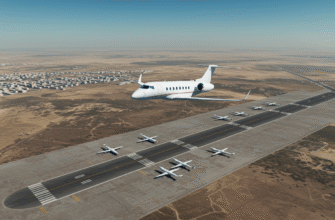They say numbers don’t lie—but they don’t exactly speak for the headaches either. On paper, Amsterdam Schiphol Airport shines: 60+ million passengers projected for the current year, 400,000+ flight movements in a single year, and millions of tons of cargo moving like clockwork. Sounds efficient, maybe even impressive. Until you’re standing in a 17-person line for an airport latte watching your gate switch from D45 to G6 without warning. That’s when the glitter of “world-class hub” starts to feel more like survival mode with a boarding pass.
Big Numbers, Bigger Feelings: What Makes Schiphol An Emotional Rollercoaster
Schiphol operates like a living spreadsheet—full of stats, metrics, and logistics that churn smoother than butter on the backend. But the traveler experience? Completely different story. One moment you’re admiring their single-terminal design, the next you’re sprinting down endless corridors wondering why there’s no moving walkway in sight.
| Metrics | the current year Figures |
|---|---|
| Passengers | 60+ million (projected by year-end) |
| Flight Movements | 400,000+ annually |
| Cargo | Over 120,000 tonnes/month |
These metrics don’t mention how tired your legs feel after walking from Gate B2 to F87—or how surreal it is paying €7 for a dry croissant. For all its operational muscle, Schiphol manages to be confusingly emotional.
- That “grand” feeling of the atrium disappears fast when you’re on the fourth gate change of the day
- The sleek, modern design hides a hundred hidden stress points, like lack of seating or sudden security reroutes
- You can’t eat “efficiency” when the only gluten-free option costs more than your train ride to the airport
It’s a place that puts logic and emotion in a constant standoff.
The Transfer Trap: Inside The World’s Most Stressful Layover Hub
People think of Schiphol as a pit stop—just passing through on the way elsewhere. But what starts as a quick connection often turns into an Olympic-level sprint. Making a transfer here isn’t a walk in the park, it’s more like emotional endurance training under airport-grade fluorescent lights.
Nobody tells you how fast 40 minutes can melt when you’re going from B2 to G6. And yet, this setup was built intentionally—long stretches, tight windows, non-linear signage. It’s not you. It’s the infrastructure.
The high volume of connecting flights—almost a third of Schiphol’s total traveler flow—is what keeps Amsterdam on top of the hub game. But for the traveler, especially one juggling luggage and exhaustion, those numbers translate into something closer to chaos.
The airport feels like a centrifuge with human beings dizzying through it—pulled in every direction without ever really arriving. A strange mix of movement and stillness, urgency and waiting, everything blending into the white noise of travel announcements that you almost tune out… until they say your name last.
The Real Map No One Gives You: Hidden Sleep Pods, Last-Hug Zones, Ghost Corners
What looks like another hyper-efficient airport has a much stranger and softer side if you know where to look. The kind of details that don’t show up on terminal maps or airline apps, but feel like stolen moments of peace in the rush.
Let’s talk sleep, because if you’re stuck at AMS overnight, odds are you’ll consider curling up on your roller suitcase. But there are hidden nap capsules tucked behind Lounge 2, right past the little garden fountain most people don’t even notice. They aren’t free, but after 30 hours of travel, they feel priceless.
There are also a few coveted padded benches—near G hall or tucked behind quiet escalators—where terminal guards are a little less strict. Veterans know them. Newbies find out the hard way.
And in the glow of Departure Hall emotion comes alive, mostly near the infamous “Kiss & Ride” lane. It’s a cold name for what’s actually one of the rawest places in the airport. You’ll see stiff upper lips crumble at the sliding doors. Goodbyes are short, but they burn hot.
Some corners feel like stories got stuck there. There’s an area near Lounge 3 that feels like a forgotten movie set—dim, echoey, abandoned. People leave weird things: plush toys, forgotten kids’ books, open notebooks. Folklore says it’s haunted by stories you weren’t ready to write yet.
Foxes show up more often than they should—they slip past fences and get caught on surveillance. Ground crew joke about their ghostliness, but every now and then, flights are delayed because a literal wild animal is racing down the runway.
And maybe the strangest truth? AMS has ghost gates. Terminals that were built but never used again. Glass still shines, doors still auto-open like they’re expecting someone. But nobody comes.
Food, fatigue, and fury: real stories from the Schiphol hunger games
You just landed at Amsterdam Schiphol, your layover is 52 minutes long, your gate is approximately 3.4 kilometers away, and you’re starving. Good luck finding food that won’t rob your wallet and your soul.
Here’s the thing: most food spots in Schiphol fall into two categories—suspiciously neon sandwiches or fancy-looking places that require selling a kidney. But tucked between overpriced pastries and suspicious sushi lies De Pancake Bakery—the airport’s accidental safe haven. It’s not gourmet, but it’s warm, filling, and doesn’t cost €18 for plain toast.
And then there’s that moment. Everyone at Schiphol eventually stares at a €11 Vittel bottle like it’s a personal betrayal. It’s the hydration tax no one talks about. You either buy it and hate yourself, or don’t and suffer airport-dehydration delirium. No middle ground.
Then there’s the sensory hellscape that sneaks up on you. It starts quiet. A voice calls your name in Dutch. Then Arabic. French. Spanish. English. Simultaneously. The lights are too white, the floors too shiny, and a random alarm goes off near a pile of stroopwafels. You don’t know why.
By the time you’re halfway to your gate, you’re overstimulated, sweating, clutching a muffin, and wondering when airports became emotional Hunger Games arenas. There’s no space to cry. No room to rest. Just moving walkways and sudden intercom bursts warning you about unattended baggage like they’re announcing the end times.
Art, silence, and weird peace: the things that calm you when you least expect them
Right when Schiphol starts squeezing every ounce of mental bandwidth left in your system—you stumble into something strangely soft.
Maybe it’s that Rijksmuseum mini-gallery that hides behind Duty Free. Real Dutch masters. Just…there. No crowd. No phones out. Just you and literal 17th-century peace before boarding a flight to Barcelona.
Or you end up beneath the escalators by Departure 3 and find a photo exhibit—black and white portraits, strangers frozen in time, reminding you that pause is possible, even in fluorescent chaos.
And then—unexpected comfort. A quiet floor patch near the meditation room, where noise slows down, and the air feels thick like sleep. Some lay down, some stretch, some just breathe.
Airports are strange like that. Sometimes they’re places where you break down. But sometimes… they’re where you breathe differently. Like rebirth in fluorescent lighting. Strange peace wrapped in exhaustion.
Wordless grief and time-bending: Schiphol as an emotional liminal space
Schiphol isn’t just gates and luggage belts—it’s something heavier. A place where timelines warp and personal stories hit harder than expected.
This is where you watch a son kiss his elderly mother goodbye for the last time. Where backpackers begin big life quests. Where diplomacy meet-ups blur into long-distance love reunions. Each gate is a moment in motion—suspended, surreal, disconnected from real time.
Time at Schiphol doesn’t tick. It drifts. You could swear ten minutes were an hour. Or vice versa. Delayed flights stretch minutes into heartbreak marathons.
Words don’t always help. Language drowns in the multilingual announcements, the hugs that hang too long, the kids waving until grandma disappears into security.
There’s that look some couples give each other before boarding different flights—the look of “I don’t want this” trapped behind tearless eyes. No language needed. Just shared silence that says what goodbye never could.
